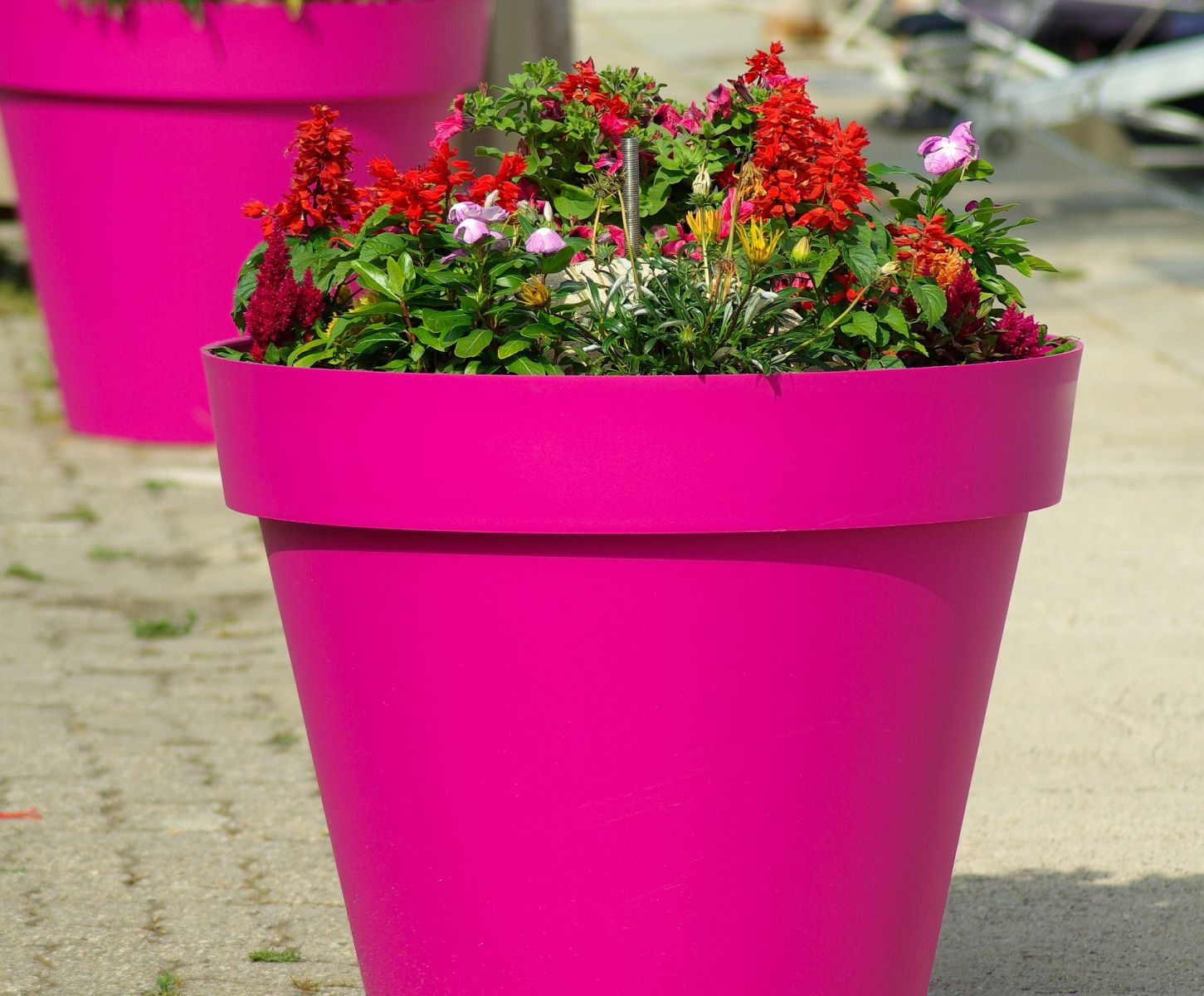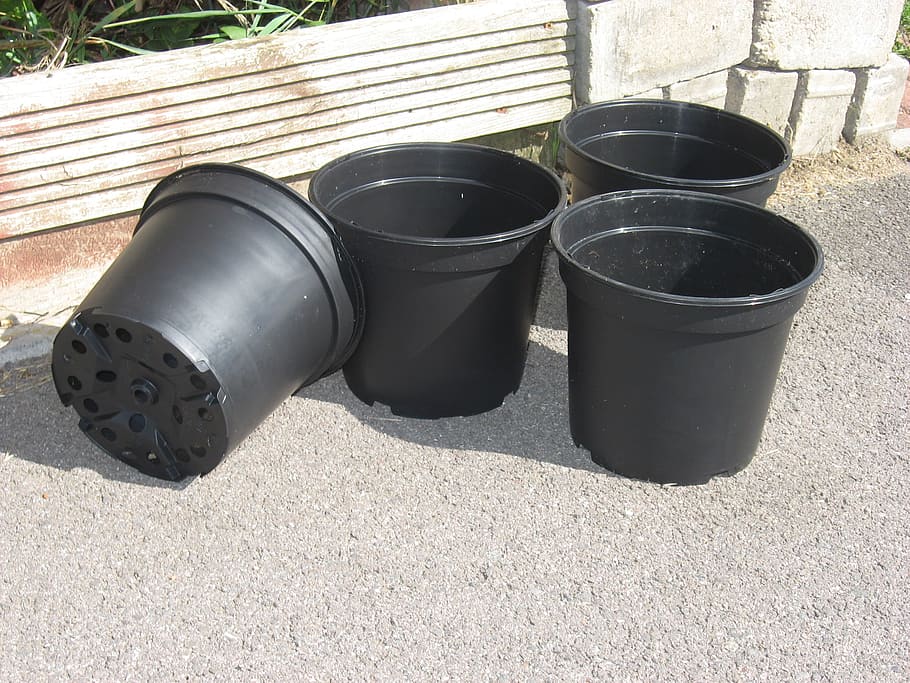Plastic Plant Pots
Plastic plant pots are a great option when you are looking for quality, but do not want to spend too much money. Plastic pots come in a great variety of colours and sizes, making them suitable for every type of plant you have at home. What’s more, they are relatively lightweight. Buy plastic hanging baskets to make sure your trailing plants get enough support, while at the same time avoiding too much pressure on the ceiling. When are plastic plant pots the best option and what is the difference with pots made of different materials?
Plastic plant pots for every situation
Plastic garden pots are so numerous it is impossible to sum up all different types. We will just mention a few plastic pots together with the way you can use them in your own house:
- Large plastic plant pots for big houseplants that need a lot of support. For instance, think of the yucca or the philodendron. Extra large garden pots made of plastic are strong and flexible. In this way, your plants will not fall over but get the backing they need;
- Plastic hanging baskets are perfect for all your trailing plants. Because of their light weight, they are not too heavy to lift and move. Moreover, plastic hanging plant pots retain water. This means you will have to water less often!;
- Small plastic pots are suitable for seedlings that still need a lot of support to grow. Most small pots have holes at the bottom that help remove excess water. This makes it easy to water your little plants frequently without running the risk of overwatering them.

Differences between terracotta, ceramic and plastic pots
What makes plastic plant pots different from other materials such as terracotta and ceramic? Terracotta plant pots are made of unglazed clay and have a rusty brown colour. The material has a high porosity and is able to retain a lot of air and moisture. Because of this, it is hard to overwater plants in large terracotta pots. Instead, it is more likely your plant will dry out quickly. Ceramic plant pots are glazed and do not dry out as quickly. Still, they tend to restrict the air supply and hold water longer than plastic pots. Therefore, plastic plant pots are the best option when it comes to plants that need a lot of water. What’s more, plastic pots come in a lot more colours and styles and do not break as easily as clay pots.
5 tips to recycle your plastic plant pots
Maybe you are wondering: Are plastic plant pots recyclable? More and more local authorities are willing to accept plastic pots to recycle them. However, a lot of pots still get rejected because of traces of soil and other organics. In this way, they eventually end up in a landfill. That is why recycling plastic plant pots can be quite tricky. Ask your local garden centre if they have an option to recycle plant pots. If they do not, there are still ways to recycle your plastic baskets. Here are 5 ways to reuse your plastic pots:
- Cut off the bottom and place the plastic tube over a garden plant that needs a lot of water. In this way, you make sure the plant takes up all the water before it can drain away in the ground below;
- Use your planting pot as a mall for another plant of the same size that needs to be transplanted. Fill up the larger container with soil and place the plastic pot in the middle to make a hole in which your new plant fits perfectly;
- Use large plastic pots when you are gardening to collect the remaining branches and leaves before throwing them in the organic waste bin;
- Decorate your plastic pots with non-toxic paint to give them a new life;
- Clean vegetables and fruits from your garden in your pots by making use of the drainage holes.

